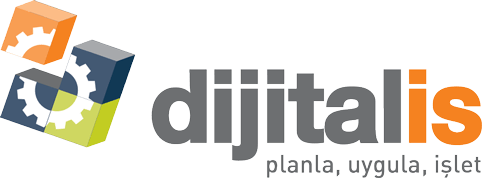Turn your supply chain into a competitive advantage for customer satisfaction and market share growth.
What is Problem?
Your company's current supply chain is a collection of individual decisions made over time to meet current needs, without considering the whole. When these independent decisions come together, they contain a lot of inefficiencies and duplicated activities. The idea of rethinking and replacing the infrastructure may seem daunting at first, but it also reveals many potential gains that can be achieved simultaneously, such as reducing costs and increasing customer satisfaction. The problem is that it is a difficult task to analyze the current situation in detail and design the future in an optimal way in order to accurately and transparently calculate this potential. In order to move decision-makers, it is essential that this work can be done quickly and easily and that the results are convincing.
What is Solution?
Dijitalis enables you to model your supply chain end-to-end with its analytical solutions tailored to your organization like a tailor. You can build a digital twin of your supply chain and test different network designs that provide different performance/cost ratios. You can plan your roadmap and make strategic decisions with confidence, free from all the risks of trial and error in real life. With our network optimization tools, you can improve your existing network, or design the optimal network to deliver your products to new export markets. You can be sure that you will give the right answer to any developments that may occur, such as changes in costs and taxes, natural disasters, and factory strikes. With the right combination of process and tools, you can:
- Determine the right number and locations of facilities to meet demand.
- Better understand the cost and constraint dynamics of your current network.
- Test your network capacity, and plan the location, size, and timing of your long-term investment plans under different demand forecasts.
- Make critical decisions, such as which facilities to keep open and close, and which suppliers and 3PLs to work with, during mergers and acquisitions, with data-driven and scientific methods.
